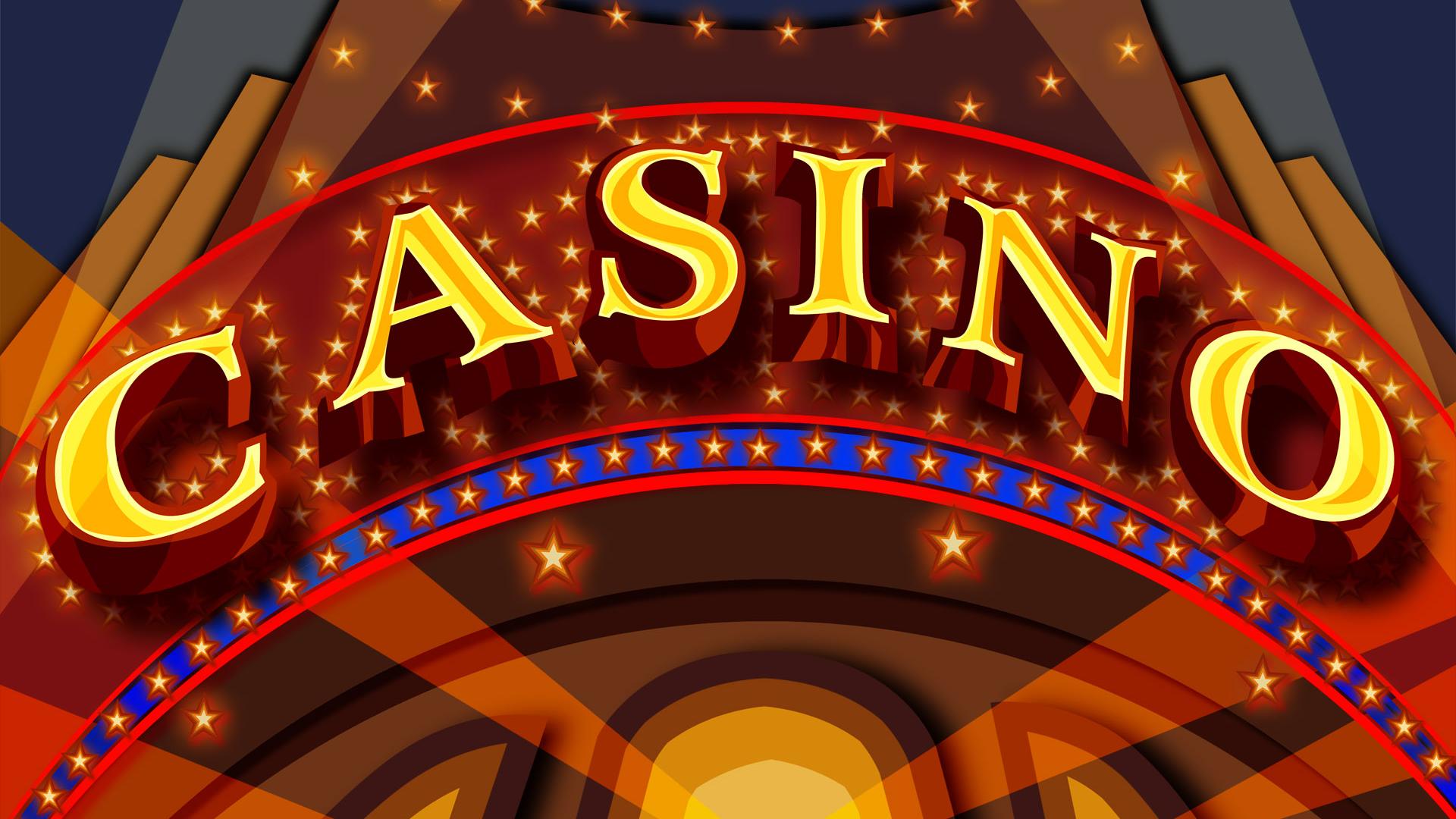The saga of gaming machines is a mesmerizing narrative that parallels the progress of recreation and wagering throughout the ages. Starting from their humble beginnings in the late 19th century to turning into a fixture in gambling establishments around the globe, these games of chance have gone through remarkable transformations. Slot machines have enthralled players with their colorful graphics, immersive themes, and the potential of transformative wins.
Originally created as analog instruments with turning cylinders and limited icons, slot machines have grown into sophisticated digital games that incorporate advanced technology and interactive features. Today, they attract millions of players, each hoping to strike it lucky with just the pull of a lever or the press of a tap. Exploring the intriguing past of these devices unveils not just the tale of a well-liked pastime, but also a depiction of societal changes and progress in technology over the years.
The Beginnings of Slot Machines
The story of slot machines originates in the late 19th century, a time when mechanical devices were increasingly popular in entertainment venues. The first true slot machine was invented by Charles Fey in 1895, referred to as the Liberty Bell. It featured three spinning reels and 5 symbols: hearts, diamonds, spades, a horseshoe, and the famous Liberty Bell. Players pulled a lever to spin the reels, and if the symbols aligned in a particular combination, they would win a payout. Fey’s invention quickly captured the attention of gamblers and paved the way for future developments in casino slots games.
As the concept of the slot machine gained popularity, various inventors sought to improve upon Fey’s design. By the early 1900s, slot machines were becoming a frequent presence in saloons and amusement parks. In 1907, the first electromechanical slot machine was introduced by Herbert Mills, featuring a more intricate system of payout mechanisms and the renowned fruit symbols that are still linked to slots today. This evolution marked a major shift in the gaming industry, as machines became more entertaining and user-friendly, drawing in more players.

The popularity of slot machines continued to soar throughout the first half of the 20th century, resulting in their widespread adoption in casinos across the United States. However, as legal restrictions on gambling during the Great Depression presented challenges for the industry. Many machines were banned, but this did not stop innovators. Instead, they adjusted by creating machines that gave out candy or gum instead of cash prizes, effectively circumventing the restrictions while still providing the thrill of a casino slots game. This ingenuity kept the spirit of gambling intact, setting the stage for the future resurgence of slot machines in modern casinos.
Development of Casino Slot Innovation
The history of gambling machines started in the final 19th era with the debut of the first mechanical machines. Charles Fey, a California engineer, presented the Liberty Bell slot machine in 1895, which featured three revolving reels and five symbols: heart shapes, diamonds, spades, a horseshoe, and the Liberty Bell itself. This basic yet enthralling layout laid the groundwork for the progress of slot games, creating an immediate attraction for gamblers looking for excitement and a shot to earn.
As tech advanced, so did the styling and capabilities of gambling devices. By the central 20th century, electronic mechanical machines surfaced, including electrical components to improve gameplay and boost payout chances. These advancements allowed for more complex features like various paylines and larger jackpots. 8S The gambling venues adopted these developments, causing the growth of slot machines as a major source of income within the gaming industry, radically changing the experience of playing slots.
The late 20th and beginning 21st centuries introduced the age of digital technology, causing the launch of digital slots. These devices substituted traditional reels with screens, allowing even more creativity in themes and gameplay mechanics. Gamblers could now experience immersive graphics and sound effects, along with interactive bonus rounds. The transition to internet gambling further transformed the gambling world, allowing slots accessible to a global audience anytime and anywhere, thus marking a fresh chapter in the evolution of gaming machine innovation.
A Cultural Influence of Slot Machines
These gaming machines have become not only a form of leisure; they have integrated into the fabric of mainstream culture. From movies and TV series to music and literature, these famous gaming machines often act as emblems of luck and risk. Films like The Casino and Ocean’s Eleven prominently feature slots, depicting them as exciting yet uncertain elements of the gambling experience. Their distinct attraction lies in the sound of coins clinking, the revolving reels, and the bright blinking lights, which in unison create an exhilarating atmosphere that captures attention.
Moreover, slot machines have shaped social gatherings and events, making them a focal point in casinos and gaming venues. Many people do not just go to a casino to gamble; they go for the full experience, which encompasses the social interactions and the vibrant ambiance surrounding these machines. Special tournaments and themed gaming nights centered around these games also showcase their popularity, fostering social connections and collective fun among players. This community aspect has contributed to the machines’ lasting popularity.
The evolution of technology has further changed this cultural impact. Digital and online slots have expanded access to these games far beyond the walls of physical casinos. Players can now get their favorite casino slots game from home or on the move, leading to the rise of virtual forums and discussion boards where enthusiasts share strategies and experiences. The ongoing innovation in game design and the inclusion of storytelling have kept the cultural importance of slot machines alive, attracting younger audiences while maintaining a tie to their historical roots.